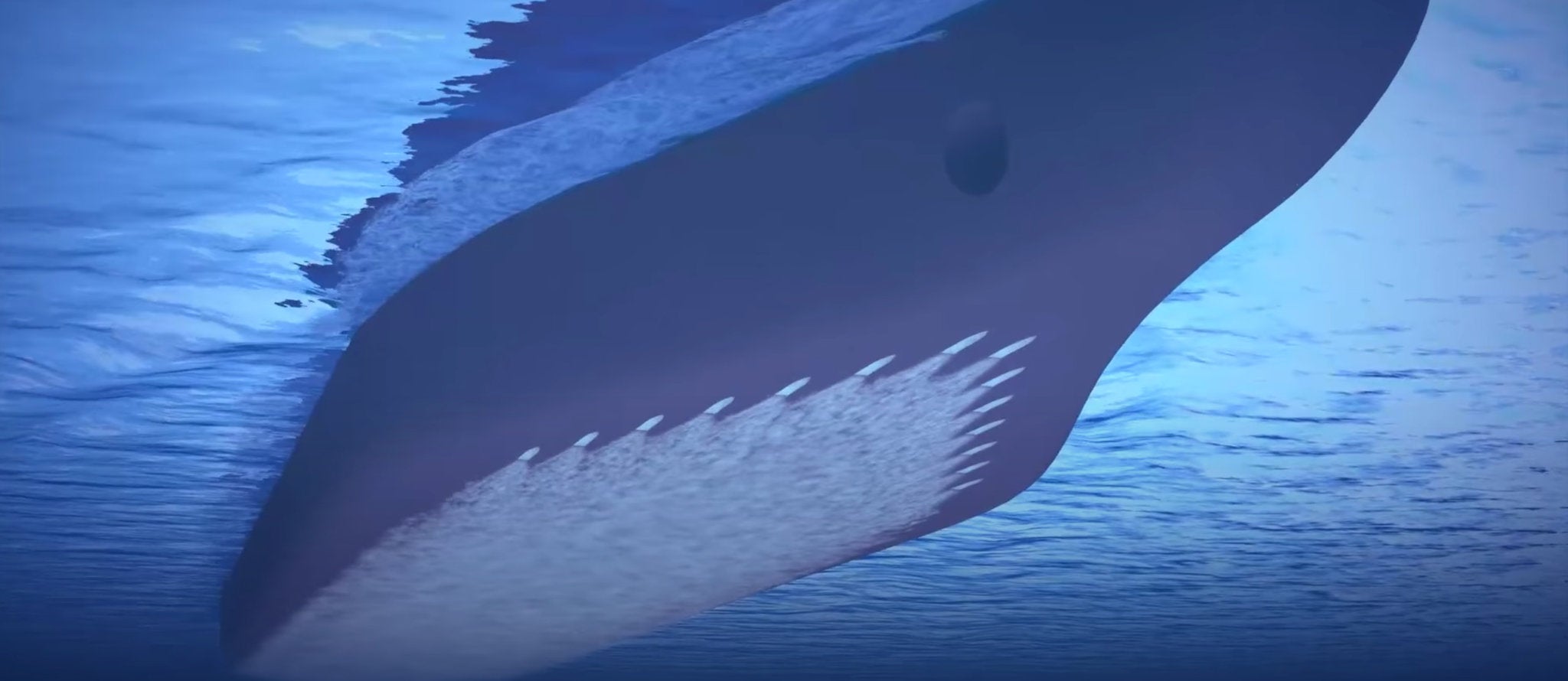At the recent Marine Environment Protection Committee meeting (MEPC 80), the International Maritime Organization (IMO) adopted crucial guidelines for the reduction of underwater radiated noise (URN) from commercial shipping to address the harmful impacts on the critical life functions of a wide range of marine life.

For example, whales, dolphins, seals, and millions of other underwater species rely on sound for communication, navigation and hunting, which URN from ships can interfere with.
The guidelines, which came into effect on 1 August 2023, include updated technical knowledge and references to international measurement standards, recommendations, and classification society rules – such as those from BIMCO. They also provide sample templates to assist shipowners with the development of a URN management plan.
Air lubrication technology can reduce underwater noise
Air lubrication technology can be an effective part of the URN management and mitigation plan. This is Silverstream Technologies’ conclusion based on the findings of a whitepaper titled ‘Ship Hull Air Lubrication: Aspects of Cavitation, Underwater Radiated Noise, and Propulsion.’ Conducted by Professor John Carlton – fellow of the Royal Academy of Engineering and Professor of Marine Engineering at the University of London – the research analysed how air bubbles can reduce the radiation of underwater noise.
In reference to the impact of air bubbles on sound, Professor Carlton states: “A combination of experiment and calculation has demonstrated that when bubbles are introduced, the attenuation coefficient, measured in dB/m, can reduce by a factor of two. This reduction is because the large difference in characteristic impedance between the air bubbles and the surrounding water makes the bubbles effective reflectors of acoustic energy. As such, relatively little sound will penetrate a curtain of air bubbles, making them very efficient at masking noise sources.”
More specifically focused on hull air lubrication systems, Professor Carlton adds: “The presence of air in the form of an air bubble mixture around the hull, for example as generated by an air lubrication system, will significantly attenuate the transmission of noise from the ship into the sea environment.”
See Also:
When examining the presence of air bubbles around the propellor, Professor Carlton concludes: “The presence of air in the propeller disc as introduced by an air lubrication system, rather than negatively affecting performance, attenuates higher harmonics of radiated pressure spectrum emitted by cavitating propeller.”
How well do you really know your competitors?
Access the most comprehensive Company Profiles on the market, powered by GlobalData. Save hours of research. Gain competitive edge.

Thank you!
Your download email will arrive shortly
Not ready to buy yet? Download a free sample
We are confident about the unique quality of our Company Profiles. However, we want you to make the most beneficial decision for your business, so we offer a free sample that you can download by submitting the below form
By GlobalDataIt is our interpretation, based on the whitepaper’s findings, that the Silverstream System reduces URN emissions both from the hull and the propeller. From the hull, the noise emitted through the flat bottom will be masked by the bubble carpet, while the noise levels generated by the propeller can be significantly reduced through the cushioning effect of emitted pressure pulses by air introduced through the air lubrication system.
Increasing fuel efficiency using bubbles
The whitepaper’s findings are in line with the offshore and defence industries’ research too.
“Systems of air bubbles are used in offshore engineering works such as piling operations to limit the propagation of noise into the underwater marine environment,” outlines Professor Carlton. “The use of air curtains also finds application in military ships where air is used to form an air-bubble screen around the hull of the ship, reducing the transmission of machinery noise to the surrounding waters.”
We believe that the reduction of URN on ships today is an associated benefit of our air lubrication system, which already harnesses fluid dynamics to deliver tangible fuel and emissions savings. By releasing a carpet of air to reduce the frictional resistance between the hull and the water, the Silverstream System cuts net fuel consumption and GHG emissions by an average of 5%-10%.
The proven technology is applicable to all shipping segments and is effective in all sea states, but Silverstream has been particularly working with cruise ship owners and operators to investigate the potential positive impact on URN. This is because the air bubbles can not only dampen the noise radiated underwater but also onboard the vessel – enhancing the experience for cruise ship passengers and supporting crew wellbeing.
As outlined by the new IMO guidelines, tackling URN to protect marine life is increasingly a priority for regulators and class societies. With new academic research outlining the dampening effect of air bubbles on URN, alongside existing GHG emissions reductions, air lubrication has become a compelling multi-purpose tool to protect the environment that the maritime industry should consider.








